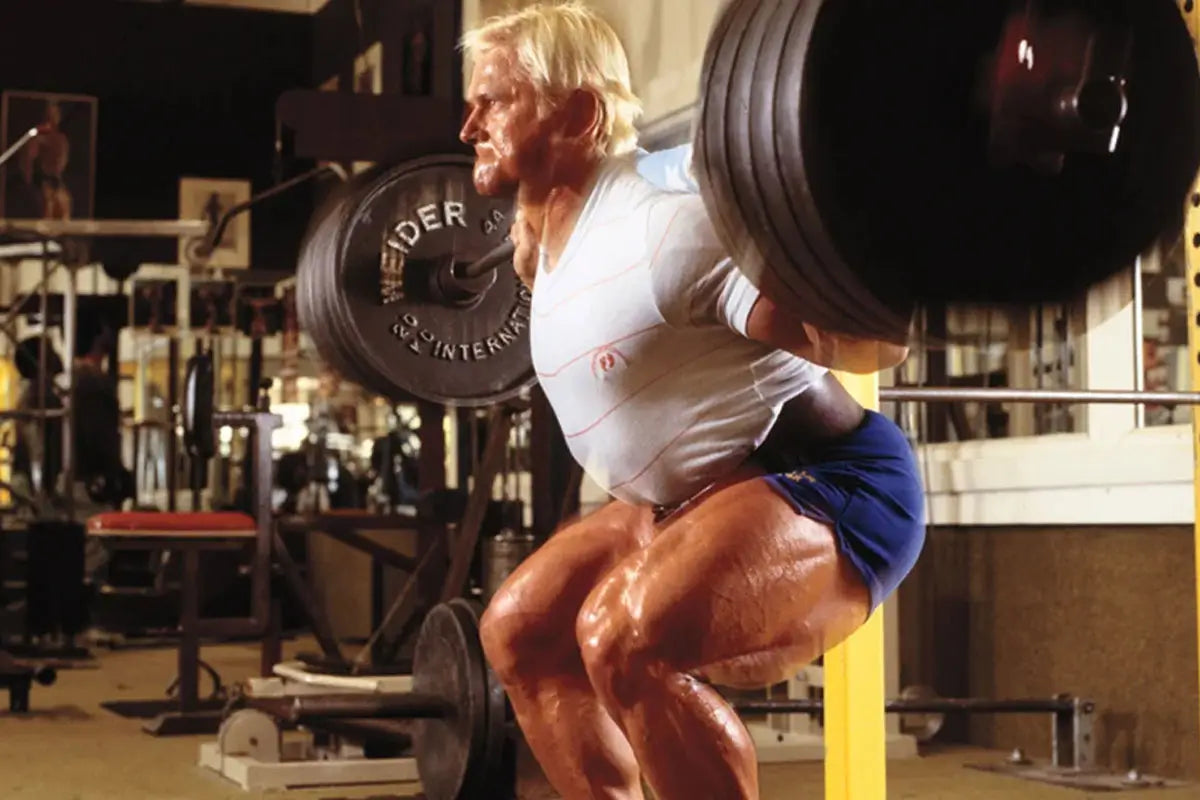Loaded Blog
How to Fix Your Squat
This blog will help people recover squats that have gone wrong, and hopefully assist with comp preps.
A summary for those who don't want to read
- The squat is a complex movement pattern that needs repetition, from warmup to max
- Change in the relative angles of hips and knees often are seen on heavier reps (ie, more and more good morning like)
- More reps in lower percentages often help
- More repeatable processes (hip and knee break) help.
A very quick Overview
To break it down in one sentence, you can move the load of a squat from quad dominant to a all lower back good morning in a matter of milliseconds. The inability to maintain form under load is very common in low bar.
As much as this is annoying, our squat is only as good as your ability to repeat squat form.
Your body is trying to move the bar, and doesn't care how you look, so if you do not practice and build mechanics, your hips will go up, your back will round and you will good morning out. A life goal of lifters should be to program so this never happens again.
What good reps look like
Here you see Laura being well coached and keeping tight AND repeatable. Despite the fact these reps are hard, you can see they are almost identical. This is the pinnacle of squatting, and shows huge amount of muscle memory.
A very quick checklist
- Break your hips and knees exactly the same every time
- Descend the same speed every time
- Wait at the top the very same time, every time
- Breath the same, every time
- Hit the same depth every time
This all sounds obvious, but we'll bet you a lot of money, the squats you dumped forward, you rushed the descent and tried to cut a little short, then you ended up being very very forward and hips up.
Low bar puts you posterior in a advantageous position of having less leverage at the bar, so it stops some level of dumping (and often disguises weak erectors)
Knee and Hip Breaks
This is a video of the author in a high bar session, and it may be the easiest way ever to see how hip breaks and rise ruins squats.
Set 1 - my hips and knees break at the exact same time - and their movement is relative to each other (180)
Set 2 - my hips start moving faster than my knees, and I'm in a position of having to good morning out (200)
Set 3- my hips are going way faster relative to my knees.
For those with very keen eyes, they will see I break my hips way later on the heavier sets (trying to stay more upright) but that is a bandaid at best. Many coaches will see here that if I kept the form I had on the 180 into the heavier sets, I would have been able to stay in position, instead of breaking form.
How to fix things
When you get your hips and knees to move relative to each other, you get a better ability to grind slower reps, and not get tipped. Below is a 235 once I got my squats 'in order'. For a very long, and annoying time, I would just freak out over 220, and pop hips, and end up bent over. I got to 247.5 but I can't find the insta vid.
The Best shortcut
Over time, my squat got less and less gross, and one of the easiest fixes (listed in most effective to least) were
- Banning myself from maxing out for 6 months
- Doing a lot of high bar, and working my hand grip in massively
- Working in more 'classic' oly rep ranges
- 5 x 5 @ 80%
- 4 x 10 @65%
- 5 x 8 @70%
- Squatting very often
It probably took nearly a year to be able to do the above rep ranges in high bar (I took 210 as my max). On return, I low barred a 247.5kg.
Many people would think a year of weights sub 200 would not help the top end, but for myself (and many other's we've coached) it helped immensely.
If you have bad squat form, and are dumping weights, we hope this helps!


